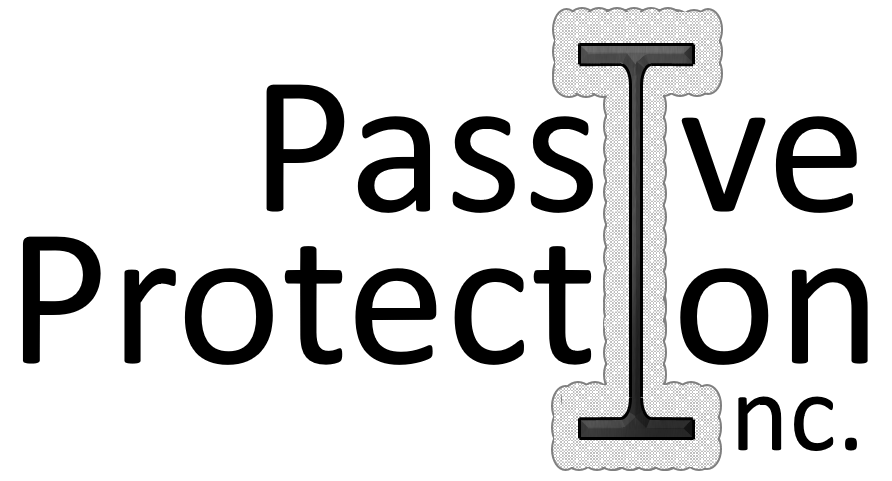Passive Fire Protection
Two primary goals of Building & Fire codes are fire prevention and public safety; beyond those are liability and insurability challenges.
There are many tools available in achieving these goals, including building design, active and passive fire protection systems. Unlike sprinklers and alarms which are Active Fire Protection systems, fireproofing and flame retardants fall into the category of Passive Fire Protection (PFP) Systems. Passive systems are “operating” properly when they go completely unnoticed day-to-day, but provide an invaluable safety barrier in an emergency situation.
Fireproofing and Flame Retardants
Flame Retardants (FR) and Fireproofing are designed to simply increase flame resistance – delaying the ignition and propagation of fires. This allows in-house suppression systems and responding Fire personnel as much time as possible to contain a fire situation.
Flame Spread vs. Fire-Rated?
In interior settings, fabrics and other finish & furnishing materials are among the fastest and easiest routes for fire growth. For this reason, regulations regarding the use of finish materials are strict and each instance requires formal testing and approval before installation. Flame retardants are often applied to materials which would otherwise not receive approval under these codes. The rating system for approval is “Class A, B or C” which relates to the measurement of flame spread and smoke development (SDI). In these scenarios, most FR products are colorless, odorless, and dry quickly for immediate use.
Fireproofing for building materials (wood, steel, drywall, insulation, etc) is a broad term. It encompasses varying materials, ratings, tests, materials and applications. As a whole, fireproofing products continue to undergo development for improved results – fire resistance, toxicity, durability, application methodology and appearance. From the well-know (highly carcinogenic) asbestos to cementitious & fibrous to the latest in thin-film intumescent paints, progress has obviously been made. The final results range from a thick “popcorn” to a smooth, paint-like finish. Choosing the right fireproofing product is a balance of time, cost, location type, and desired appearance. Ultimately, these fireproofing applications are assessed for “Hourly Fire-Rating.” In many commercial build projects, an hourly rating of 1- or 2-hour is typical.
Why consider Fireproofing your Home or Business?
For homeowners, this is one very simple step to providing a substantial layer of protection for your family and your home. In addition to peace of mind, many insurance agents will consider the effort to decrease liability when assessing discounts on premiums or deductible values.
For commercial property owners and design and/or build firms, achieving a successful fire inspection and effective fire protection are the primary motivations. In reviewing a place of assembly (>49 people) for compliance, a checklist is completed which includes fire alarms, sprinkler systems, exit egress… as well as test results of furnishings, decorations, window treatments, and other interior finishes.
Whether residential or commercial, Passive Protection will not trade personal or environmental health for fire prevention; therefore all of products applied are both non-toxic and eco-friendly.
Confused? We can help.
Any given project may be subject to CAL, ICC, NFPA, or BFD standards (or a combination of them all) – depending upon the product, location, and application. This quickly becomes complicated since each product is subjected to a component test (i.e. fabric, liner, frame, or foam), a composite test of a finished product (i.e. chair, banquette, draperies, or wall), or [again] some combination of both. Approval for hourly ratings are equally as complicated – approved assemblies or CAM method, new or retrofit, mixed use, adjoining buildings…
To help customers navigate through the various options and requirements, Passive Protection is directly involved in the entire process from sample collection through compliance application submission.
Click to learn more about the solutions for your home or business, or here to learn how Passive Protection, Inc. is working with CODEpliance, Inc. to combine fireproofing services with innovative technology developments to ensure consistent protection year after year.

